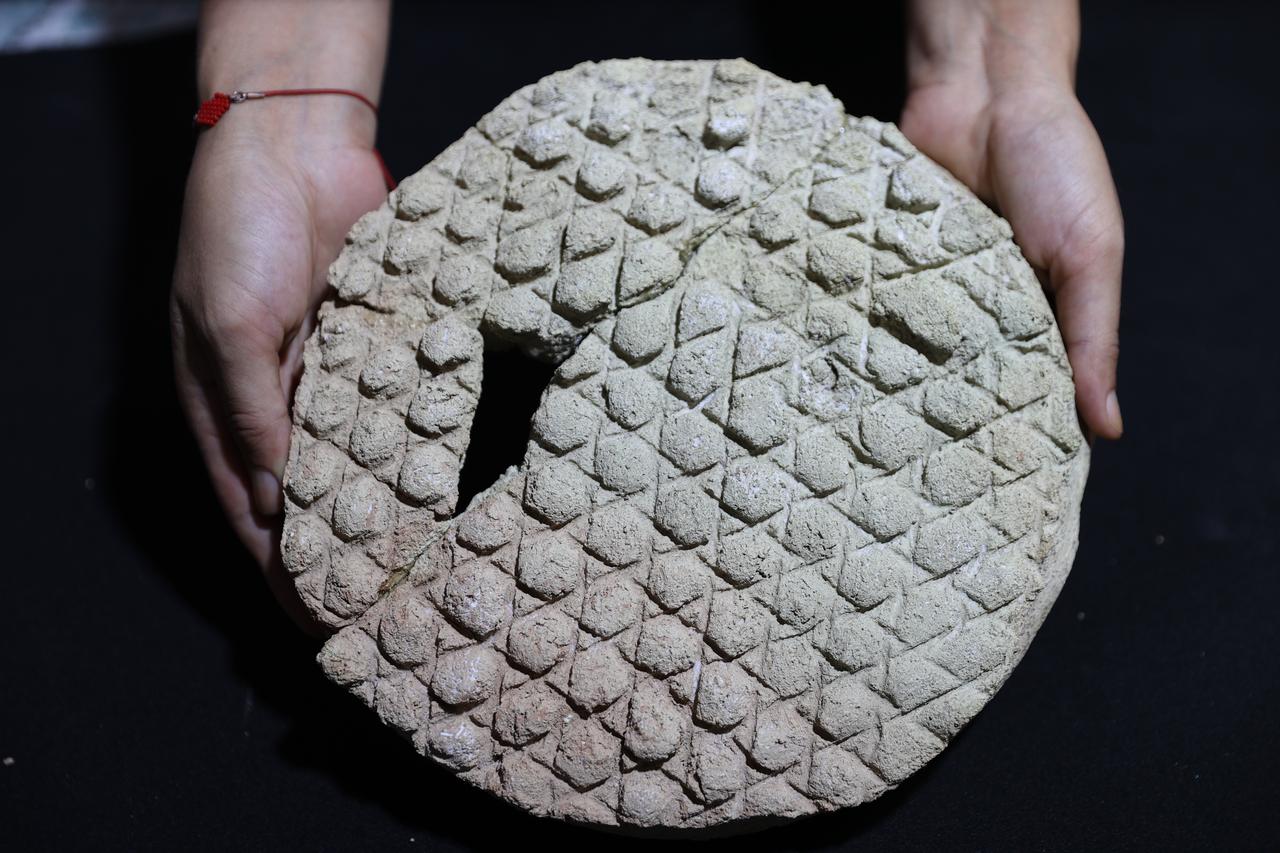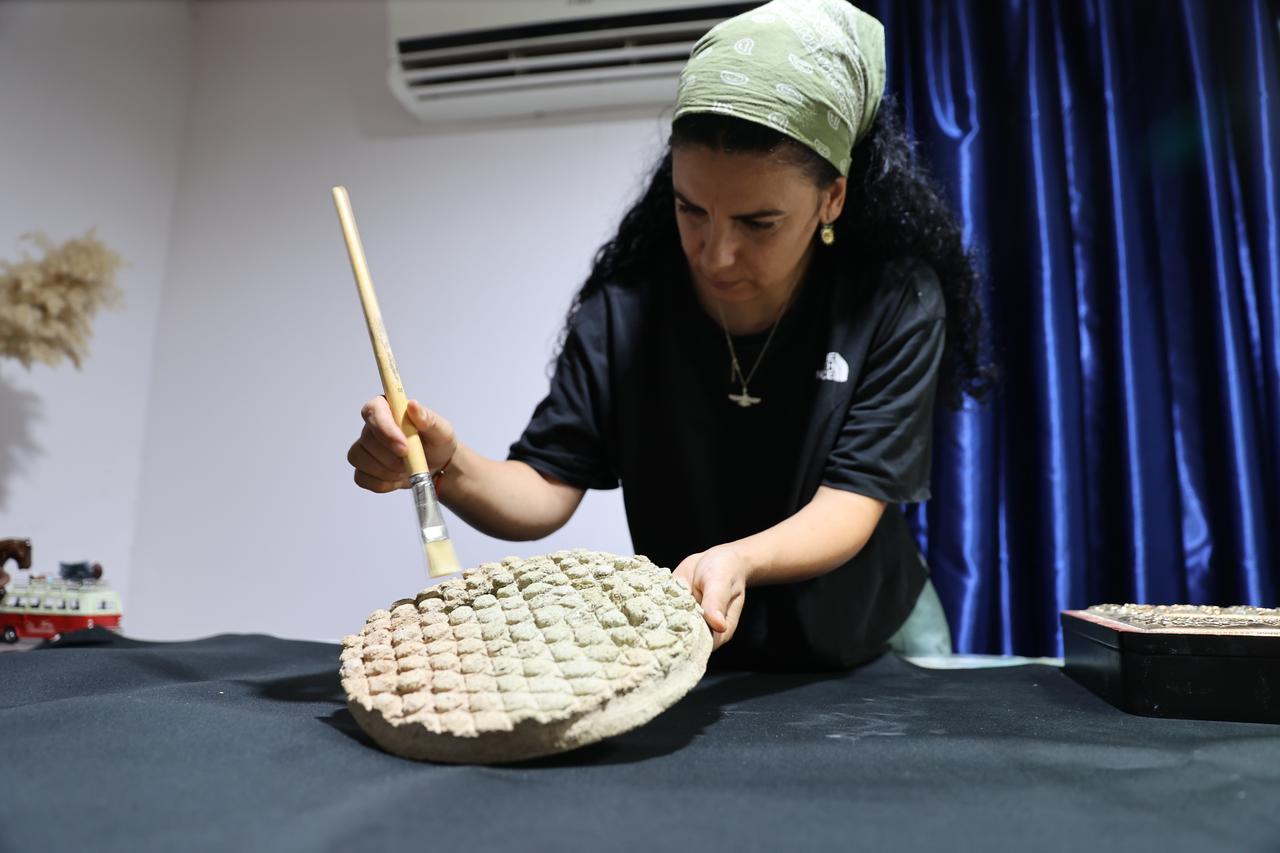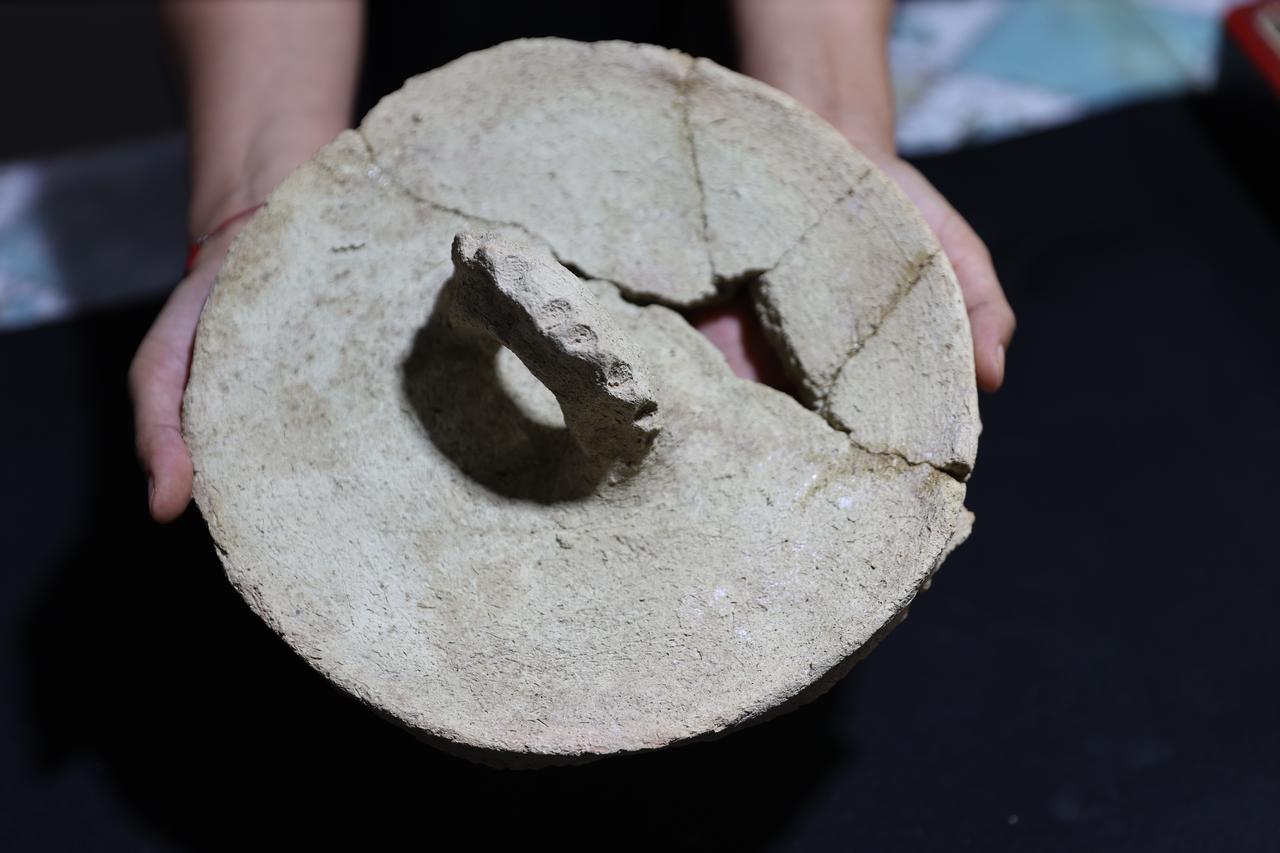
Archaeologists at the UNESCO World Heritage tentative site of Harran have uncovered a historic bread mold adorned with a honeycomb, or baklava-like, pattern.
The find comes from ongoing excavations led by Harran University’s Archaeology Department and the Harran Ruins excavation team, funded by Türkiye’s Ministry of Culture and Tourism, with support from the Sanliurfa Governorate and Metropolitan Municipality under the “Heritage for the Future" project.

Harran, one of the world’s oldest settled regions, rose to prominence as a center of learning and science. Professor Mehmet Onal, head of the excavations, recalled that the city was looted and destroyed during the Mongol invasions roughly 800 years ago.
Excavations near the north of Harran Grand Mosque have yielded a wealth of artifacts, which scholars plan to display after thorough scientific study. Onal noted that five historical madrasas, or Islamic educational institutions, once operated in the area, and significant progress has been made in exploring the first of these.

Among the discoveries, the team found a well-preserved, approximately 40-centimeter-wide bread mold from the Harran Madrasa section. Made of baked clay, it bears intricate honeycomb-like carvings that likely reflect the artisan’s personal signature and aesthetic sense. Onal explained, “The piece was used as a bread mold. Bread molds have historically helped shape loaves, ensure safety, and improve baking quality. This one dates back around 800 years.”
The decorated mold closely resembles the embossed pattern found on today’s Urfa pide, a regional flatbread. Onal highlighted that such molds were not only functional but also served as a form of artistic expression. Similar artifacts have been found in Pompeii, where baked breads even carried the names of their owners. “Finding this mold in Harran, a region where wheat was first combined with clay to shape bread, demonstrates the elegance of bread culture at the time,” Onal added.
According to experts, this discovery sheds light on the daily life, craftsmanship, and culinary traditions of medieval Harran, linking ancient practices with modern Turkish baking aesthetics.